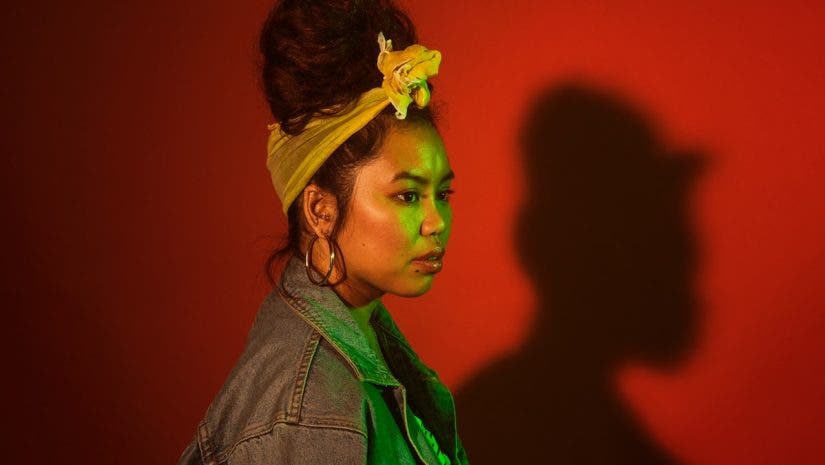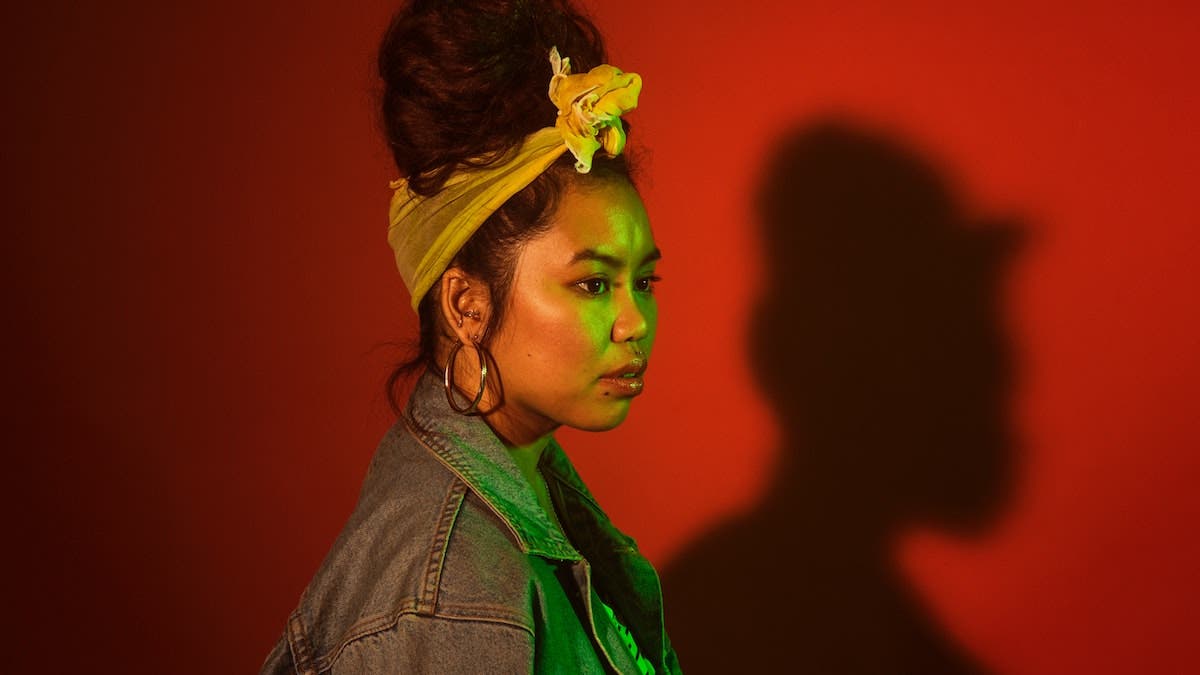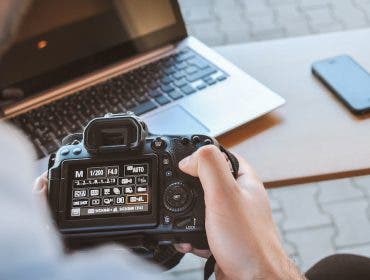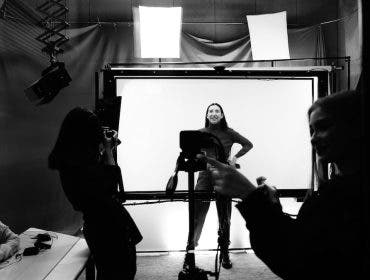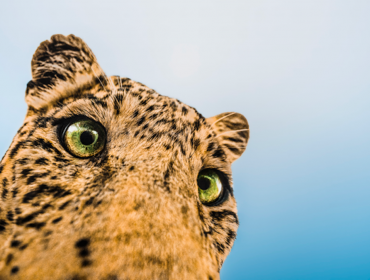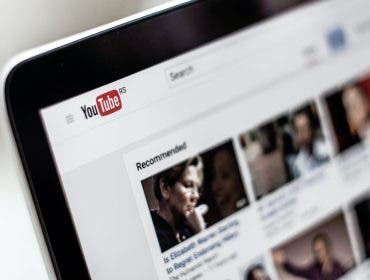Are you bored with your standard studio shots? Clients often expect portraits to be taken against a white or gray background, which soon becomes repetitious. Lighting gels are a fun way to express a subject’s individuality. You can also expand your portfolio with creative images at the same time. Apart from adding some variety, you can also use gels to overcome color balance issues where you need different light sources to match a particular color temperature.
What are Lighting Gels?
Studio lights and flashes produce white light balanced to the wavelength of daylight (5600K). This is perfect for capturing and reproducing accurate colors of commercial products and the skin tones of portrait subjects. When you want to vary the color of your lighting, you can’t swap to a colored globe. Although, you can cover the flash or strobe with a gel filter to modify the color of the light. Doing this makes it possible to customize the style of any project.
Lighting gels are reusable sheets of translucent plastic used by photographers and videographers. There are color-correction gels, non-corrective color gels, and neutral density gels that reduce light intensity without affecting colors. You can also get rolls of diffusion gels that soften and spread the beam from your light source.
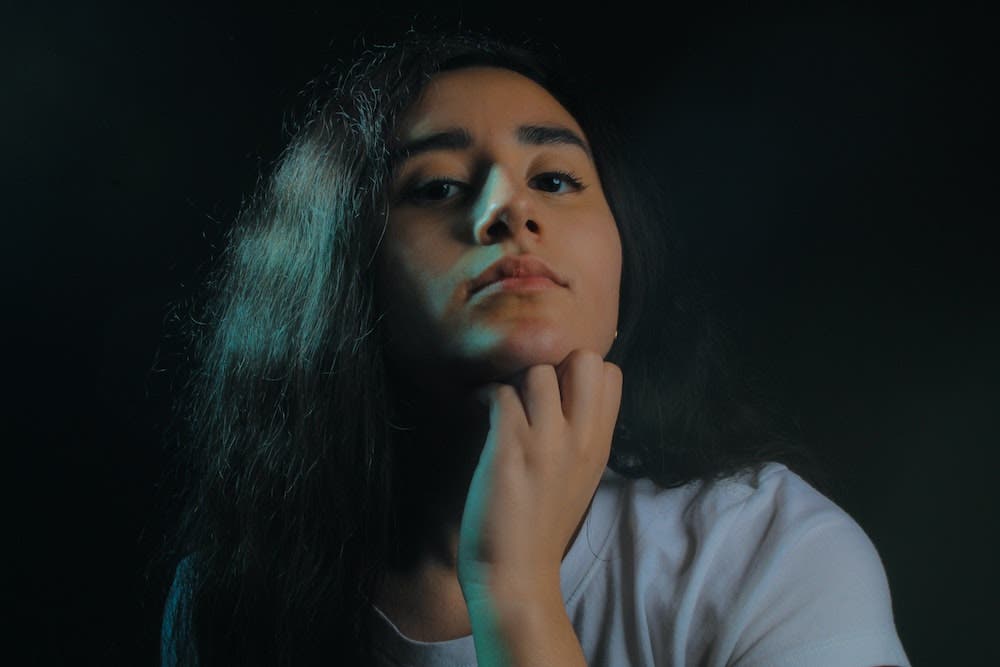
These plastic sheets are known as gels because they used to be made with gelatine. To withstand the high temperatures created by some forms of continuous lights, they are now manufactured from polycarbonate, polyester, or other types of heat-resistant plastics.
What are Lighting Gels Used For?
Unless you are taking corporate headshots or doing product photography, using lighting gels is worth considering. They infuse a shot with vibrant colors adding a dynamic element with minimal cost. While often used to generate special effects, they also alter the mood of an image. You can deliberately dominate a scene with gels for shock value. You can also introduce subtle tones to enhance the atmosphere you wish to portray.
Here are some color examples:
- Adding red to a person’s image brings feelings of passion and intensity.
- Hues like orange and yellow make the viewer perceive the photo as cheerful and warm
- Blues and greens make it appear cool, calm, and dreamlike.
- Silver tones give a scene a futuristic and surreal feeling.
All these colors produce eye-catching results and bring a stylish twist to a portrait. The introduction of colors can make it look like the subject was photographed in a different setting. It takes the photo away from being a stock-standard posed image.
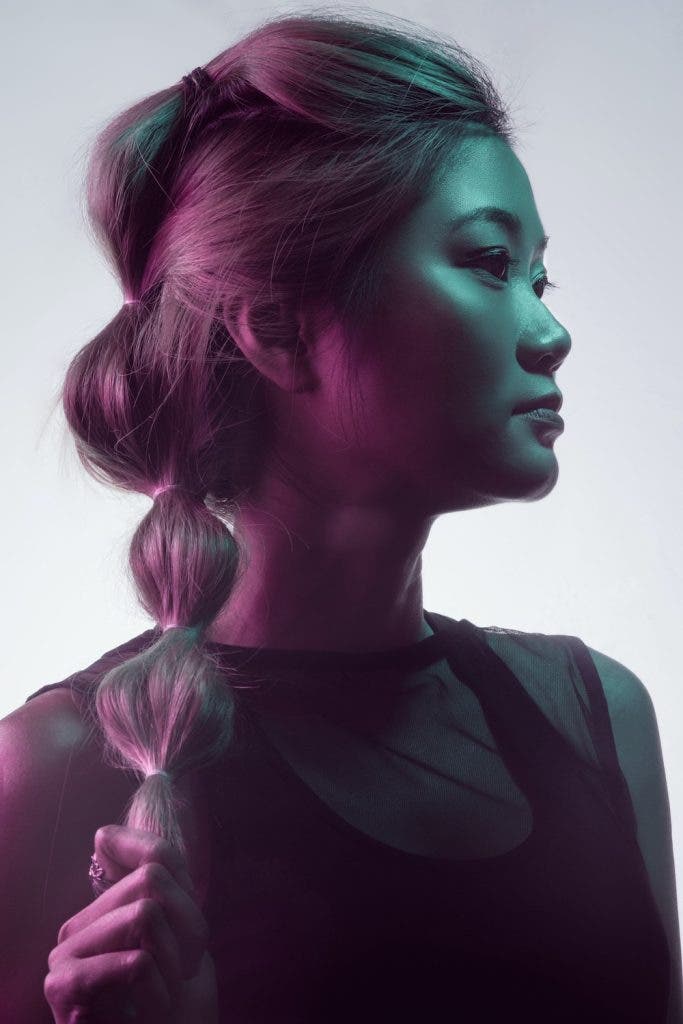
You don’t have to use gel lighting theatrically. Using a normal flash on the subject while incorporating a colored background imbues it with style without overpowering the subject. In other words, avoid coloring your key light. This keeps skin tones natural while surrounding the subject with a blend of beautiful background colors. Depending on your choice of gel, you can warm the scene or turn day into night with cooler colors without discoloring the subject of your portrait.
Pro Tip: Keep color coordination in mind when using lighting gels. You must avoid a clash of colors. Check a color wheel to see which hues complement each other for an aesthetically pleasing combination. Colors that are too close on the wheel can blend into each other too much, minimizing impact.
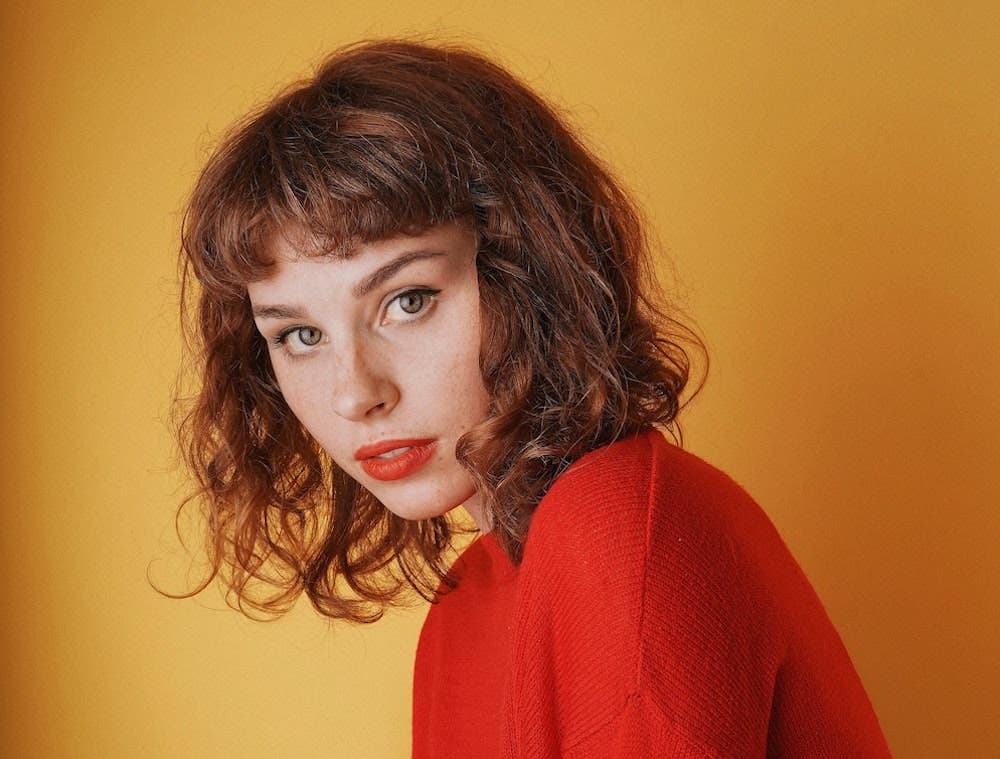
Check out How to Use Complementary Colors in Photography for more information.
You can get the best of both worlds by using a normal key light and adding a colored rim light, hair light, or side light. Place your gelled light sources close to your subject to give them colors with greater saturation. Having a normal key light keeps your subject in neutral hues while creating an exciting effect around the edge of their body.
How to Use Lighting Gels
Themed portraits are an enjoyable experience for the photographer and the person being photographed. Rather than relying on standard poses, you have to think creatively to match the vision your client has in mind.
Creative Example
If a guitarist wants a photo shoot for an album cover, a blank wall likely won’t produce a striking image. Suppose her imagination involves standing on a stage under intense lights while belting out riffs from her electric guitar. In that case, you should probably incorporate gel lighting into the studio. Adventurous lighting offers your subject a captivating story in one image.
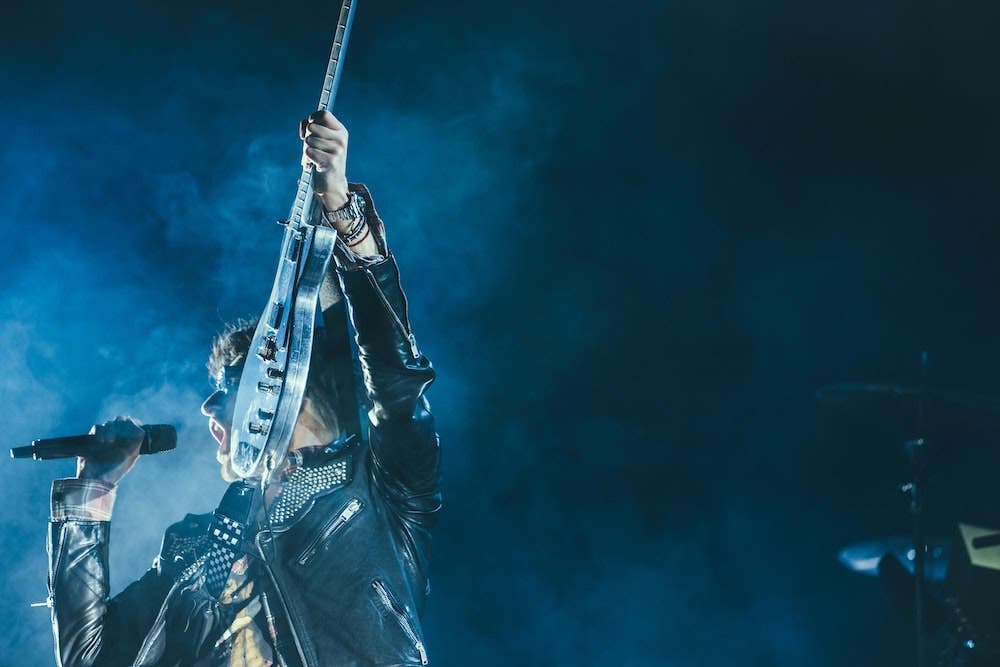
Pair colors such as deep red and dark magenta to splash against the background. These strong colors will be the backbone of the imaginary stage lighting for this shot. Combine this with blue gels on your key light for a dramatic look. Then switch them around. An electric blue backdrop with red tones on the face suggests a rock goddess playing to a packed stadium. Or kill the background lights and have split lighting of red and blue across her body to make it look like a nightclub.
Practical Example
Shooting with gel lighting in a studio is an excellent way to assert yourself artistically, but they also have practical uses. When photographing on location, they are used to balance ambient light when photographing a subject with flash. They have corrective factors that match background light and provide evenly-lit conditions.
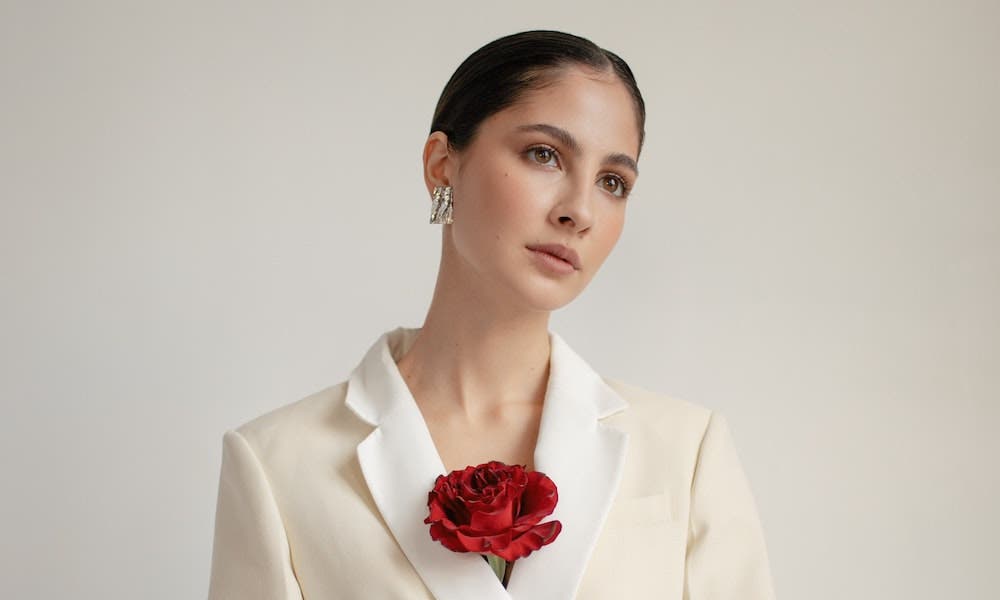
If you photograph a subject in a room full of tungsten lights (typically around 3200K), an ordinary flash will illuminate your subject with daylight tones (5500K). The room behind the subject will be yellow/orange because the flash won’t reach that distance. It’s going to look unnatural. Behind the subject, you could aim a barrage of speedlights in all directions to overcome this. Although, an easier way is to cover the flash (or strobe) with an orange gel to match the existing color temperature. This means your subject and the background have an odd hue, but when you adjust your camera’s white balance to a tungsten setting, you have evenly distributed neutral tones in your final image.
Keep a set of color correction gels in your camera kit for all the problematic flash lighting situations you will find on location. Using colored lighting gels against background walls is also a quick and easy way to liven up blank or dull areas.
Gel Lighting Equipment
Assuming you already have speedlights or strobes, gels — and perhaps frames for gel sheets — are all the only things required to try gel lighting. They are an inexpensive addition to your lighting kit, and they’ll last for years.
If you use continuous lighting, you can use gels but you must ensure the lamp’s high temperature doesn’t melt the gels. Don’t let gel sheets get too close to the light source, as they can catch on fire and damage your bulb. Always attach a gel sheet to a suitable frame compatible with your lights. The gel frame is attached to the front of the light source, and the gel sheet is placed in the frame. Large frames for 12×12-inch gels have a grip-like mount that clamps onto the riser of a light stand and adjusts to the required distance in front of the light.
Premium gels are typically called tough gels because they can handle hotter lights. These tough gel sheets can be fitted to gel rings attached by inner magnets to the housing of round strobes. Whereas softer gel kits wrap around the heads of monolights and speedlights.
Barn door kits are another budget-friendly modifier that can hold lighting gels. They are one of the most overlooked lighting modifiers. They come in 2-door and 4-door configurations. These control the spill of light by shaping it without affecting the overall quality. Barn doors are an inexpensive way to enhance creativity, especially when you slip lighting gels over the front.
Pro Tip: When ordering any lighting gel – unless two of each hue are included in the kit — make sure you buy two packs. This is so you can layer two sheets of the same hue to deepen the color. You can also place them on each side of your subject when you want even grades of the same color behind them.
Examples of Lighting Gels
MagMod
One of the most exciting products to appear in the photographic marketplace is the MagMod magnet modifiers. Slip these devices over your flash or around your strobe head and slap the MagMod Pro Gels (with their embedded magnetic strips) onto the front. There’s no need for frames. You can instantaneously stack other gels on top of each other for complete control over the color, density, or hue of your lights. MagMod gels and filters are designed for use with all MagMod modifiers. And MagMod Pro Gels are made of tough polycarbonate, so they will last a lifetime.
Rosco Filters
Having a complete kit of colors means you are always ready to create any form of artistic lighting results. The Rosco Color Effects Filter Kit contains 15 different bold colors to make stunning backdrops or to add vivid colors to models for creative portrait effects. The filters are the standard 12×12-inch size for slipping into barn doors or gel frames. These filters are in the most popular colors that customers prefer for fashion events, photography, and for making music video clips.
Flashpoint Filters
When you want to change the color balance of a scene, or you need to match existing ambient light conditions during flash photography, the Flashpoint Color Gel Temperature Adjustment Set is a system that will easily attach to round flash heads. The gels fit within the magnetized frame disk that is part of any round flash head’s accessories kit.These Flashpoint filters include four CTO filters, four CTB filters, four Tough PlusGreen filters, and four Tough MinusGreen filters. Because there are two of each color, you get a total of thirty-two gel filters for one very low price. These color correction gels are ideal for turning out consistent and uniform colors in mixed lighting environments.
Lee Filters Light Blue Filter Sheet
Lighting a room for special effects is easy with gel filter sheets. For example, covering up a window or a softbox with a large blue gel sheet from Lee Filters makes the inside area a pleasant, evenly colored scene. This is perfect for giving the impression that the room is filled with moonlight. Lee Filters manufacture high-quality lighting gels in a vast range of colors. They are known to be consistently accurate from batch to batch, and they are durable and dependable.
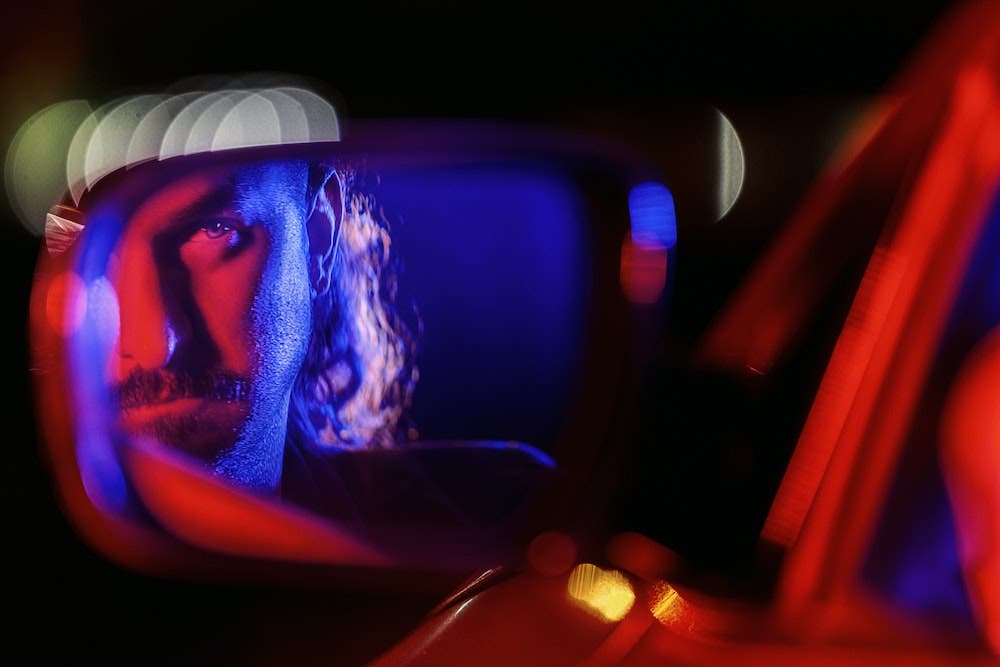
Conclusion
Even though you can’t buy a creative mindset, purchasing lighting gels will spark your artistic expression. Your imagination will start firing as soon as you have clipped these gels to your lights. Original and eye-catching portraits are as easy as attaching colored gels to your flashes or strobes. Color your client’s world with lively backgrounds and punchy rim lighting. Or, if they are more conservative, you can still enhance a portrait with a colored gel that adds a warm and subtle glow to their skin. Once you start incorporating gels into your photography, you’ll find an excuse to experiment with them whenever you switch on your studio lights. You’ll soon realize there are endless possibilities for altering the mood of a shot or improving the overall look of your picture.
